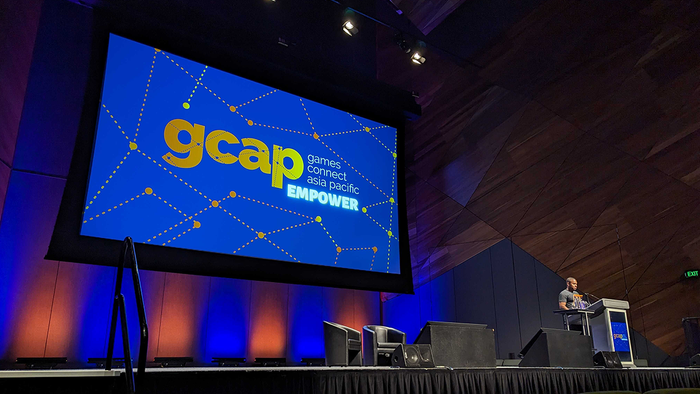Design Journal - Part 1
A discussion about the important underlying constants of designing a successful game.

-- Originally published at http://blog.epic-owl.com/
Not too long ago thoughts grew into ideas, and those ideas matured into actions. Thus a powerhouse team was joined and Epic Owl born. I am humbled by this opportunity to both build a company and take the lead of the most ambitious design the mobile market has yet seen.
In this blog I’ll be exploring the world of Game Design. Early on I’ll talk on a more general level, and gradually move towards our in-house philosophy, and even into detail about our upcoming title.
For this first blog, I pose a riddle – a conundrum if you will. So, how do you design a game? Design involves a lot of technicalities and the specifics vary greatly between projects, but some underlying constants remain. And it is these very same constants we’ll be exploring today. Whether you’re new to design, a seasoned veteran or just curious about the topic, I hope these guidelines will provide some food for thought.
1. Envision & Love it.
This may seem like a blatantly obvious thing to say, but its importance can’t be stressed enough. Get acquainted with your idea. Know how you want the game to work, what it feels like, and what makes it worth all the work. Don’t force an initiative you’re not passionate about. A loved product is the best one.
2. Understand the market.
The market is crowded and there’s steep competition out there. Does your design stand out, is it fresh enough? Novelty is beautiful, but will it find an audience? Do people want to play this? If your game, given this screening, is still awesome and in a sweet spot from a commercial point of view, then ask yourself…
3. Where am I working?
You need to know what your company’s mission is, how they want to profile themselves and who their target group is. Make sure your design is aligned with their interests. If it isn’t, make sure the design is good enough to warrant a venture. After that, in most cases, you also need to consider your available resources and timeframe. Can your company complete a project of this scale? Do we have the expertise for it? Does the company want this game?
4. Build the right team.
If all the previous sections are covered, you’re doing pretty well! Next, find the people with whom working is easy, and who work seamlessly together. The team has to share your passion for the design, and they need the precise skill sets your design requires. The right team can mold a decent idea into a great game, and a dysfunctional team does the opposite.
5. Prove it.
Don’t try to build the game all at once. You, as the designer, know the core. The game’s life is dependant on this beating heart. Focus your team effort on proving the concept. If the core works, you can safely build around it. If not, don’t go soft on the design. This is the time to make the call to push forward or back out. Be extremely critical.
6. Inspire.
You’ve got the best team, a brilliant design and the world is your oyster. It’s your job to make sure the team loves the game and wants it done as much as you do. Stoke the embers of their ardor. Get them raving about it. This is especially vital in times of hardship, when faced with daunting challenges and infuriating blockers. Be your team’s beacon of inspiration.
7. Communicate and listen.
You may have envisioned the best game in the world. It’s not worth squat if people don’t know your vision. Communicate deliberately, precisely and consistently, for this is where the design actualizes. Share your thoughts and listen to your team when they share theirs. You have specialized experts around you, and their angle can reveal aspects of the design you never considered. This makes you a team, and it takes a team to make a game.
8. Stay the course.
A pivot can sometimes be beneficial – even necessary. However, if you rigorously screened your design and proved the concept, you know it works. Don’t falter when things get difficult. Don’t back out. Forge ahead with your design, and you will yet realize the vision that set your project in motion. It will be beautiful, but only if you keep at it.
9. Don’t relax.
The production is rolling smoothly, everything seems in place, and the team knows what to do. It may seem like the perfect time to lay back and watch the magic unfold. Nope. Where technical implementation ends, polish begins. Don’t satisfy for anything sub perfect. Give it everything. After the game is released, listen to your players and react. Tweak. Polish. Tweak. Don’t stop until it’s the best game it can ever be. Don’t relax.
At Epic Owl we’ve set the bar crazy high. Depth, gameplay and novelty are more than just words to us: they are our founding cornerstones. I can’t wait to share what we’ve been working on, so I’ll let you in on this much: it’s never been seen before, and its intricacy is without compare. Stay tuned & stay awesome.
– Risto
Read more about:
BlogsAbout the Author(s)
You May Also Like







